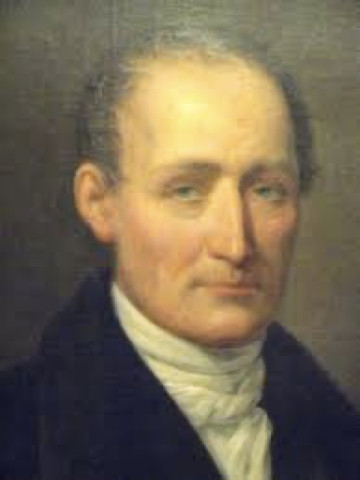
Photographers
Joseph Nicéphore Niépce
1765 — 1833
Joseph Nicéphore Niépce, is credited as the inventor of photography. He was a French inventor, who first gained fame, with his older brother Claude Niépce, for their invention of the internal combustion engine. When lithography began advancing he experimented with this new printing technique. He coated pewter with light-sensitive substances in an effort to copy superimposed engravings in sunlight. He called his experiments heliography - sundrawing.
He used paper sensitized with silver chloride but was only partially able to fix the image. He experimented with light sensitive bitumen of Judea, a type of asphalt which hardens on exposure to light. Using this method in 1822 he succeeded in obtaining a photographic of an engraving superimposed on glass. In 1826/27 he used a camera to make a view from his workroom on a pewter plate. This was the first permanently fixed image from nature.
Metal had the advantage of being unbreakable and was better suited to the developing etching process to produce a printing plate, which was Niépce's final aim. In 1826, he had produced another heliograph, a reproduction of an engraved portrait, which was etched by the Parisian engraver Augustin François Lemaitre, who pulled two prints. By solving the problem of reproducing nature by light, he also invented the first photomechanical reproduction process.
Niépce, was unable to reduce the very long exposure times and, in 1829, he made a partnership with Louis-Jacques-Mandé Daguerre to perfect and exploit heliography. Progress was made but Niépce died before the achievement was made.
Last Updated on: 2024-02-28
